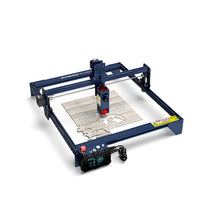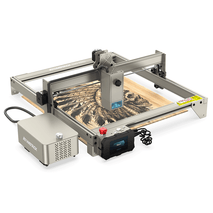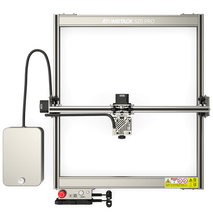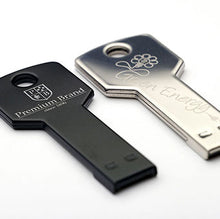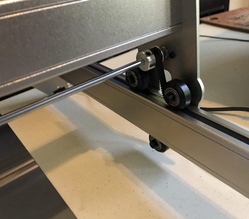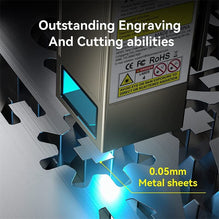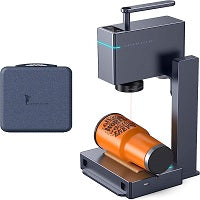
What is a fiber laser and how does it work?
A fiber laser is a solid-state laser that uses a laser diode as a light source to generate a laser beam. The light is guided through a fiber optic cable, hence the name fiber laser. The key component of a fiber laser is the fiber optic cable, which differentiates it from other types of lasers and has unique characteristics, properties, and performance. To understand how fiber lasers work, we have to delve into the details of fiber optic cables.
Examining the cross-section of a fiber optic cable reveals an outer cladding, an inner cladding, and a central rare-earth-doped quartz glass core. The core is selectively doped, and the doping elements vary depending on the fiber laser application, thereby determining the final wavelength of the output laser beam.
The resulting light enters the doped core, where the cladding reflects any light that deviates from its intended path, ensuring optimal orientation. The light then travels through specialized convex lenses called Bragg gratings, which focus the light into a powerful laser beam. The beam then passes through an oscillator to enhance coherence before being output. Once the laser beam falls on the object, it is ready to perform its assigned task.
What are infrared (IR) lasers and how do they work?
An infrared (IR) laser, like a fiber laser, is a solid-state laser that uses a laser diode to generate light. However, unlike fiber lasers, it does not use optical fibers, instead relying on air as the medium. The diodes generate light, which is then reflected by the reflector and converged using a convex lens. Subsequently, the laser light leaves the laser module. The simplicity of infrared (IR) laser operation stems from the small number of components involved.
Infrared (IR) lasers are so named because the wavelengths of emitted light fall within the infrared spectral range, which ranges from 700 nanometers to 1 millimeter (1,000,000 nanometers). Specifically, infrared (IR) laser light has a wavelength of 1064 nm. This wavelength remains constant throughout propagation, resulting in a limited wavelength range for infrared lasers on the market. Since the laser beam is in the infrared region, it is invisible to the human eye and has no discernible color.
Fiber Lasers vs. Infrared (IR) Lasers: Differences and Similarities
The main differences between infrared lasers and fiber lasers are their structure, working mechanism, wavelength, power, performance, speed, size and price.
1. Working mechanism and construction
From the perspective of structure and working mechanism, infrared lasers are relatively simple, the principle is simple, and no complicated technology is required. Fiber lasers, on the other hand, are more complex, using special fibers made of rare earth elements.
2. Wavelength
While fiber lasers can have different wavelengths depending on the doping element used (e.g. ytterbium, neodymium, erbium, holmium), infrared lasers have a fixed wavelength of 1064 nm. If you need a fiber laser engraver at 1064nm, then you need to use ytterbium as the doping material. For 780-1100nm, neodymium is used. Other common doping materials are,
Praseodymium: wavelength = 1300nm
Erbium: wavelength = 1462-1640nm
Thulium: Wavelength = 1900+nm
Holmium: wavelength=2025-2200nm
Dysprosium: wavelength=2600-3400nm
Having said that, the wavelength of a fiber laser is not limited to 1064nm; it can be more or less, but always in the infrared region of light. Infrared (IR) lasers, on the other hand, have a wavelength of 1064 nm and cannot be changed. Due to their cost-effectiveness and availability, 1064nm infrared (IR) lasers are the most widely used fiber lasers on the market today.
3. Laser power
The power of fiber lasers is significantly higher than that of infrared lasers, and the optical power ranges from 20W to hundreds of watts or even higher. We have already discussed that the fiber optic cable has a doped core inside. When light enters this core, electrons within the atoms of the dopant element are excited and move to a higher energy level. But when those electrons reach a relaxed or normal state, they release energy that ultimately amplifies the laser light. Therefore, the output is more intense.
Second, the peak power of fiber lasers is very high. Even if the optical power of the machine is 50-100 watts, the peak power can reach 5000-10000 watts. This is because fiber lasers can also operate in a pulsed mode of operation, delivering very intense energy pulses. Therefore, these lasers can easily engrave and cut hard materials such as metals.
Common power ranges for infrared (IR) lasers are 1-2W, but they can reach peak powers of up to 15,000 watts, making them suitable for engraving a wider range of materials. This makes infrared lasers ideal for personal use and small laser engraving businesses.
4. Performance and speed
In terms of performance and speed, fiber lasers and infrared lasers are both excellent, depending on their power rating and usage. Fiber lasers offer faster engraving and cutting due to their massive power and high peak power, while infrared lasers work a little slower but still deliver impressive results.
5. Machine size
In terms of size, fiber laser engraving machines are usually 3-10 times larger than infrared laser engraving machines, so they are not suitable for homes or small spaces. In contrast, infrared laser engraving machines are compact and small in size.
6. Price
Price is another important factor because there is a big difference between fiber lasers and infrared (IR) lasers. A 20W fiber laser machine can cost between $3,000 and $5,000, and the price rises rapidly as the power increases. However, infrared lasers are cheaper, ranging from $1,200 to $2,000.
In conclusion, for small business or personal use, an infrared laser machine is often a better choice due to its simplicity, compact size, and affordability. Fiber lasers, on the other hand, are better suited for industrial applications and large-scale operations.
Examining the cross-section of a fiber optic cable reveals an outer cladding, an inner cladding, and a central rare-earth-doped quartz glass core. The core is selectively doped, and the doping elements vary depending on the fiber laser application, thereby determining the final wavelength of the output laser beam.
The resulting light enters the doped core, where the cladding reflects any light that deviates from its intended path, ensuring optimal orientation. The light then travels through specialized convex lenses called Bragg gratings, which focus the light into a powerful laser beam. The beam then passes through an oscillator to enhance coherence before being output. Once the laser beam falls on the object, it is ready to perform its assigned task.
What are infrared (IR) lasers and how do they work?
An infrared (IR) laser, like a fiber laser, is a solid-state laser that uses a laser diode to generate light. However, unlike fiber lasers, it does not use optical fibers, instead relying on air as the medium. The diodes generate light, which is then reflected by the reflector and converged using a convex lens. Subsequently, the laser light leaves the laser module. The simplicity of infrared (IR) laser operation stems from the small number of components involved.
Infrared (IR) lasers are so named because the wavelengths of emitted light fall within the infrared spectral range, which ranges from 700 nanometers to 1 millimeter (1,000,000 nanometers). Specifically, infrared (IR) laser light has a wavelength of 1064 nm. This wavelength remains constant throughout propagation, resulting in a limited wavelength range for infrared lasers on the market. Since the laser beam is in the infrared region, it is invisible to the human eye and has no discernible color.
Fiber Lasers vs. Infrared (IR) Lasers: Differences and Similarities
The main differences between infrared lasers and fiber lasers are their structure, working mechanism, wavelength, power, performance, speed, size and price.
1. Working mechanism and construction
From the perspective of structure and working mechanism, infrared lasers are relatively simple, the principle is simple, and no complicated technology is required. Fiber lasers, on the other hand, are more complex, using special fibers made of rare earth elements.
2. Wavelength
While fiber lasers can have different wavelengths depending on the doping element used (e.g. ytterbium, neodymium, erbium, holmium), infrared lasers have a fixed wavelength of 1064 nm. If you need a fiber laser engraver at 1064nm, then you need to use ytterbium as the doping material. For 780-1100nm, neodymium is used. Other common doping materials are,
Praseodymium: wavelength = 1300nm
Erbium: wavelength = 1462-1640nm
Thulium: Wavelength = 1900+nm
Holmium: wavelength=2025-2200nm
Dysprosium: wavelength=2600-3400nm
Having said that, the wavelength of a fiber laser is not limited to 1064nm; it can be more or less, but always in the infrared region of light. Infrared (IR) lasers, on the other hand, have a wavelength of 1064 nm and cannot be changed. Due to their cost-effectiveness and availability, 1064nm infrared (IR) lasers are the most widely used fiber lasers on the market today.
3. Laser power
The power of fiber lasers is significantly higher than that of infrared lasers, and the optical power ranges from 20W to hundreds of watts or even higher. We have already discussed that the fiber optic cable has a doped core inside. When light enters this core, electrons within the atoms of the dopant element are excited and move to a higher energy level. But when those electrons reach a relaxed or normal state, they release energy that ultimately amplifies the laser light. Therefore, the output is more intense.
Second, the peak power of fiber lasers is very high. Even if the optical power of the machine is 50-100 watts, the peak power can reach 5000-10000 watts. This is because fiber lasers can also operate in a pulsed mode of operation, delivering very intense energy pulses. Therefore, these lasers can easily engrave and cut hard materials such as metals.
Common power ranges for infrared (IR) lasers are 1-2W, but they can reach peak powers of up to 15,000 watts, making them suitable for engraving a wider range of materials. This makes infrared lasers ideal for personal use and small laser engraving businesses.
4. Performance and speed
In terms of performance and speed, fiber lasers and infrared lasers are both excellent, depending on their power rating and usage. Fiber lasers offer faster engraving and cutting due to their massive power and high peak power, while infrared lasers work a little slower but still deliver impressive results.
5. Machine size
In terms of size, fiber laser engraving machines are usually 3-10 times larger than infrared laser engraving machines, so they are not suitable for homes or small spaces. In contrast, infrared laser engraving machines are compact and small in size.
6. Price
Price is another important factor because there is a big difference between fiber lasers and infrared (IR) lasers. A 20W fiber laser machine can cost between $3,000 and $5,000, and the price rises rapidly as the power increases. However, infrared lasers are cheaper, ranging from $1,200 to $2,000.
In conclusion, for small business or personal use, an infrared laser machine is often a better choice due to its simplicity, compact size, and affordability. Fiber lasers, on the other hand, are better suited for industrial applications and large-scale operations.
Older Post
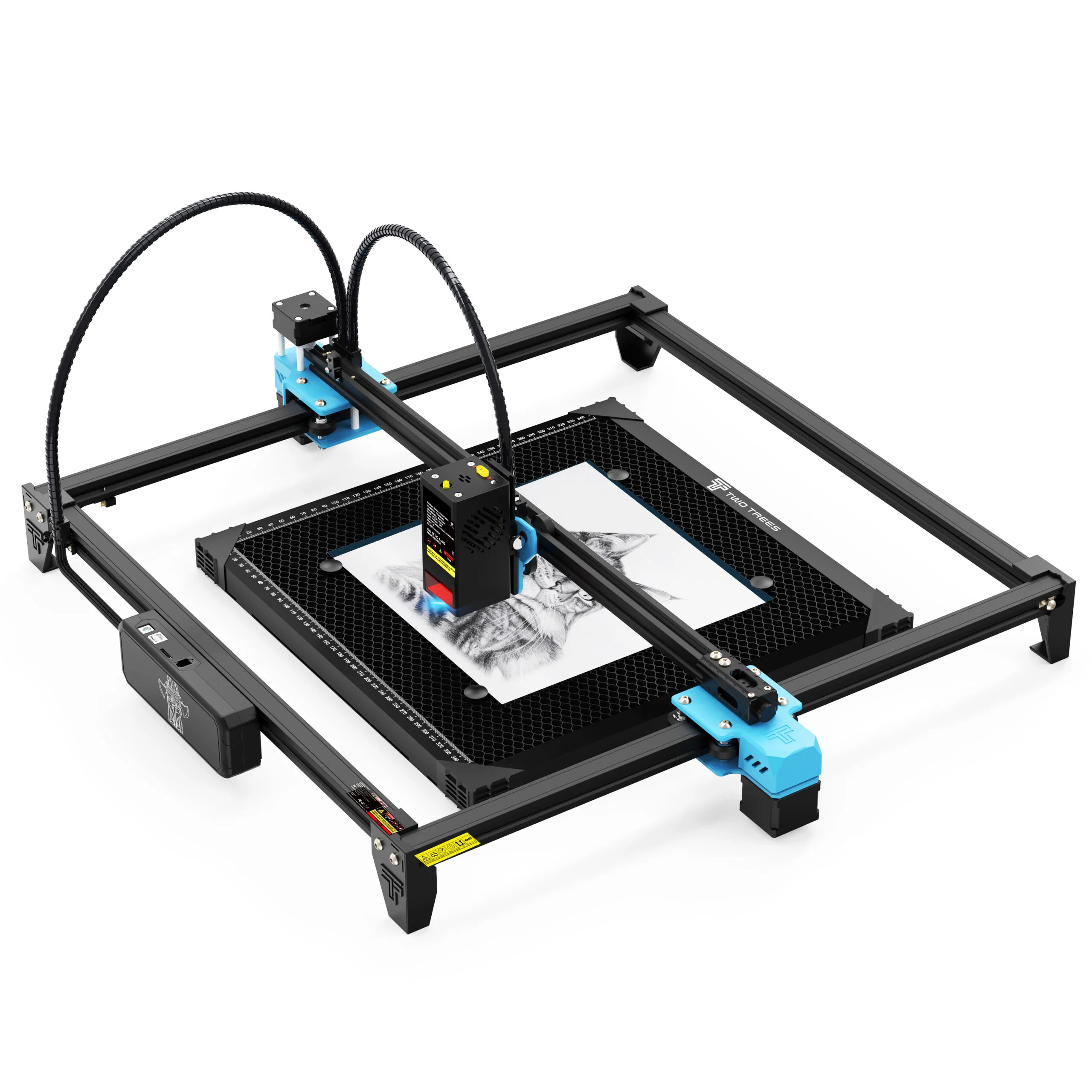 Newer Post
Newer Post
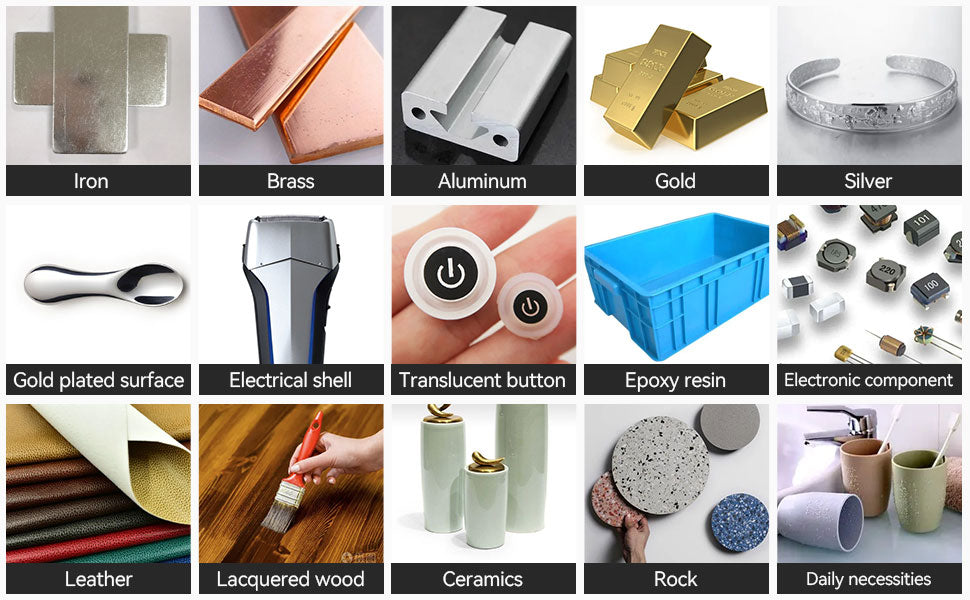
Unleash the Possibilities of Your Laser Engraver From Hobbyist to Small Business

Fiber Laser and Infrared (IR) Laser Applications



